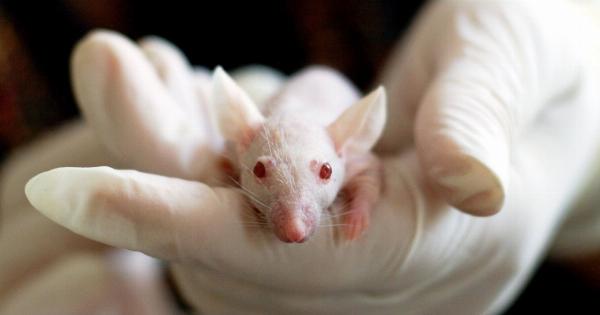The groin is the crease or fold where the legs meet the torso. It is a sensitive area that harbors several critical structures of the human body, including muscles, nerves, blood vessels, and lymphatics.
The groin is vital for standing, walking, running, and other activities that involve leg movement. However, it is also prone to injuries and disorders that can cause pain, swelling, inflammation, and other symptoms. This guide aims to provide an overview of the groin and its causes, with a visual representation to facilitate understanding.
What is the Groin?
The groin is the basin-shaped groove that marks the transition between the abdomen and the legs. It extends from the pubic bone in front to the coccyx bone (tailbone) in the back, including the inner thighs and the external genitalia.
The groin houses several muscles that control the leg movement, such as the adductors, which draw the legs toward the body’s midline, and the hip flexors, which lift the legs toward the torso. Moreover, the groin contains vital structures, such as the femoral and inguinal lymph nodes, the femoral artery, the femoral vein, and the pudendal nerve, which supply blood, lymph, and nerve impulses to the lower body and the pelvic organs.
What Causes Groin Pain?
Groin pain can result from a variety of factors, ranging from mild to severe. Some common causes of groin pain include:.
1. Muscle strains
The adductor muscles in the groin can become overused or overstretched, leading to strains or tears. This type of injury is common in athletes who play soccer, basketball, football, and other sports that demand sudden movements, pivoting, and jumping.
The symptoms of a muscle strain include pain, swelling, stiffness, and weakness in the affected area. Rest, ice, compression, and elevation (RICE) therapy, as well as physical therapy and anti-inflammatory medication, can relieve the symptoms.
2. Hernias
A hernia occurs when a weakened or torn area of the abdominal wall allows organs or tissues to protrude through. Hernias can happen in various parts of the body, but they are common in the groin area, particularly in men.
Inguinal hernias involve a bulge in the groin that may cause discomfort, pain, or burning sensation. They are usually treated with surgery to repair the abdominal wall and prevent the hernia from recurring.
3. Infections
The groin area is vulnerable to infections due to its moist and warm environment. Skin infections, such as folliculitis, ringworm, and intertrigo, can cause itchiness, redness, and blisters in the groin.
Sexually transmitted infections (STIs), such as herpes, chlamydia, and gonorrhea, can also affect the genitalia and the groin area. Infections require proper diagnosis and treatment with antibiotics or antifungal medication.
4. Nerve problems
The nerves that run through the groin area can be damaged or compressed, leading to nerve pain or neuropathy.
For example, the pudendal nerve, which supplies the perineum and the genitals, may be impinged by prolonged sitting, cycling, or childbirth, causing tingling, numbness, or burning pain in the groin. Nerve pain may need medication, physical therapy, or nerve blocks to manage.
5. Cancer
Cancer can affect the groin area, although it is relatively rare. Testicular cancer, prostate cancer, and lymphoma may cause lumps, swelling, or pain in the groin.
Early detection and treatment are crucial in cancer cases to improve the prognosis and survival rate.
Conclusion
The groin is an essential part of the body that harbors various structures and functions that are critical for movement, health, and vitality.
However, the groin is also prone to injuries, infections, nerve problems, and cancer that can cause discomfort, pain, and health complications. Recognizing the symptoms and seeking medical attention promptly can help prevent further complications and ensure optimal recovery.






























